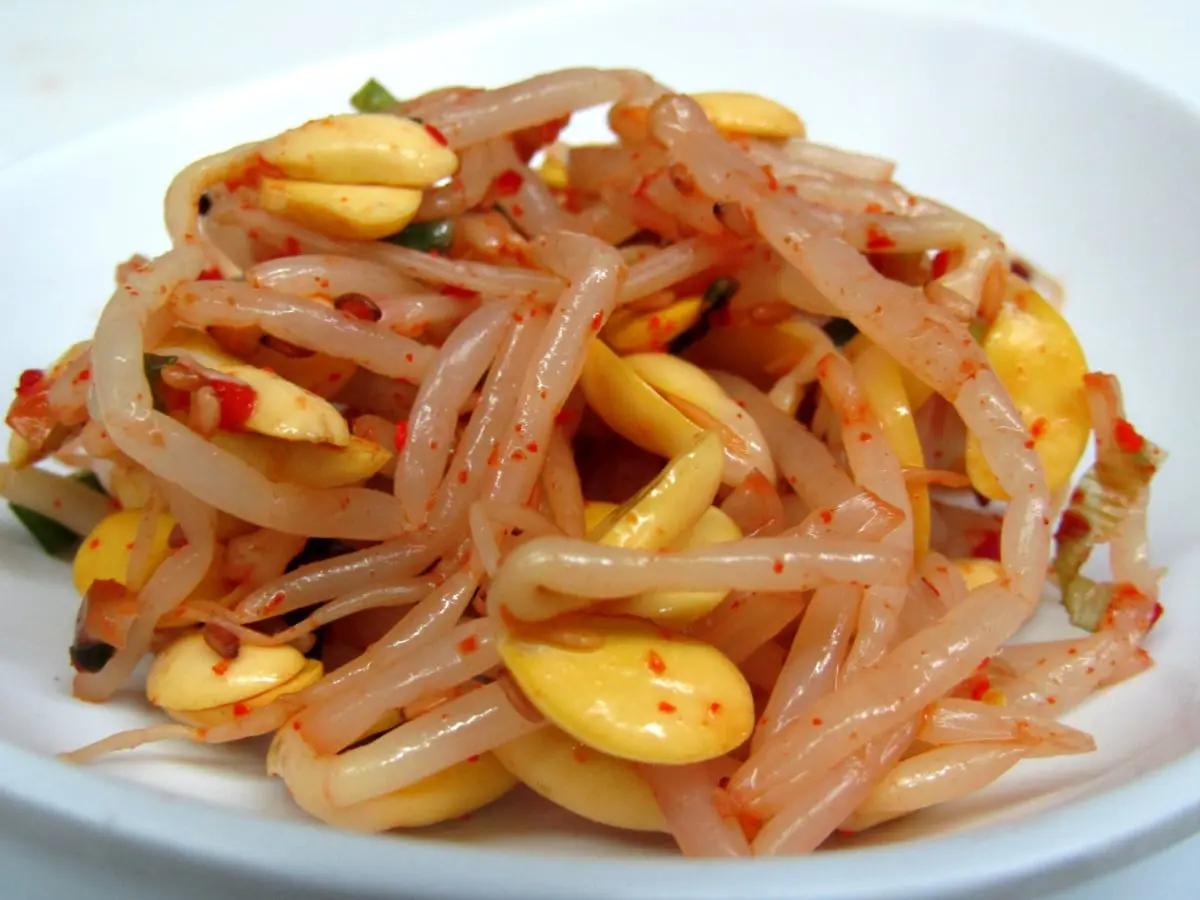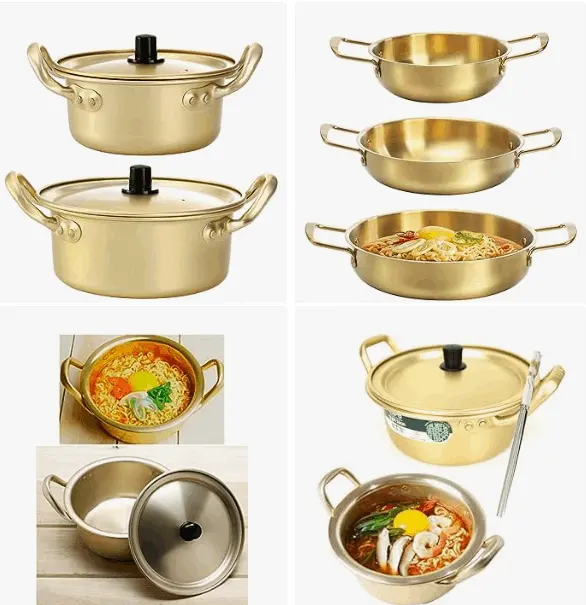Banchan
반찬
List of Recipes:
Banchan: Myeolchi-bokkeum - Stir Fried Anchovy
Banchan: Doraji Namul - Bell flower root
Banchan: Dubu Buchim
Banchan: Dwaegigogi-jeon
Banchan: Maneuljjong-Bokkeum
Banchan: Gyeran Mali | Rolled Omelet
Banchan: Kkaenip Jangajji
Banchan: Maleun Saeu Bokk-eum
Banchan: Maneul Jangajji
Banchan: Mumallaengi Muchim - Seasoned Dried Radish
Banchan: Sigeumchi-Namul
Banchan: Ssari Beoseot - Coral Mushroom
Banchan: Daegujeon
Banchan: Minduelle Muchim
Banchan: Pajeori - Green Onion Salad
Banchan: Saeu-twigim
Banchan: Yeongeun-jeonggwa
In English, "banchan" means "side dish". Traditional Korean meals are served with a variety of these tasty dishes meant to be shared among diners. Our restaurants were known for their banchan offerings, with some options being so popular that we offered pint and quart containers for customers to enjoy at home or as a snack.
In the third century AD, Buddhism became the main religion in Korea and eating meat was no longer allowed. This likely influenced the evolution of banchan into its current form.
As vegetable offerings gained popularity, they became a main component of meals. Kitchens all over Korea utilized various techniques for preparing and presenting these dishes to the nobles. This trend was also adopted in smaller villages and households.
Mongol invasions between 1231 and 1270 lifted restrictions on meat and it once again became a part of Korean cuisine after six hundred years of primarily vegetarian food.
Banchan, or side dishes, were also used as a way to showcase wealth in Korean homes. Having a wide variety of expensive beef and numerous side dishes displayed a sense of prosperity.
Image by hannaone: Banchan



